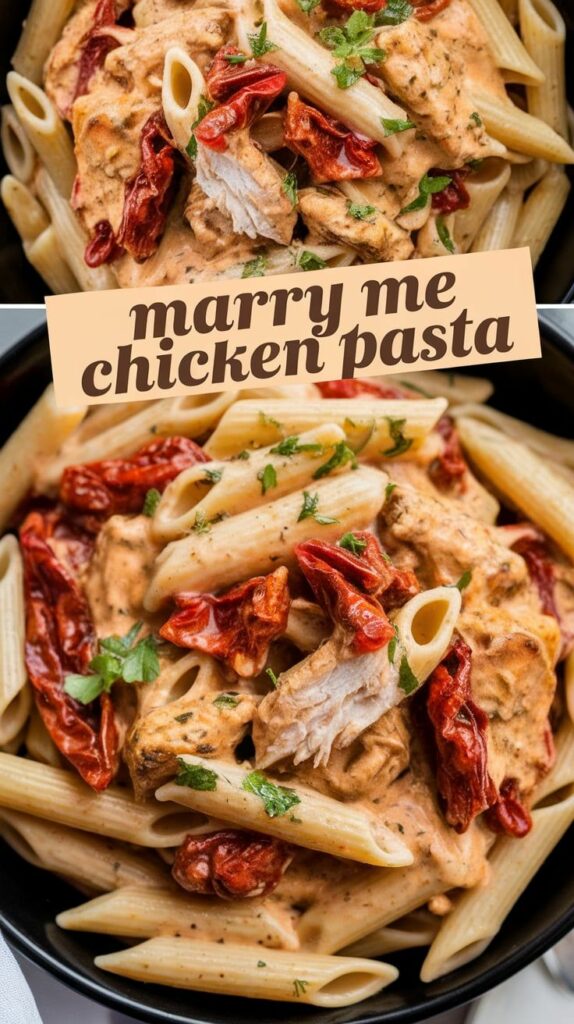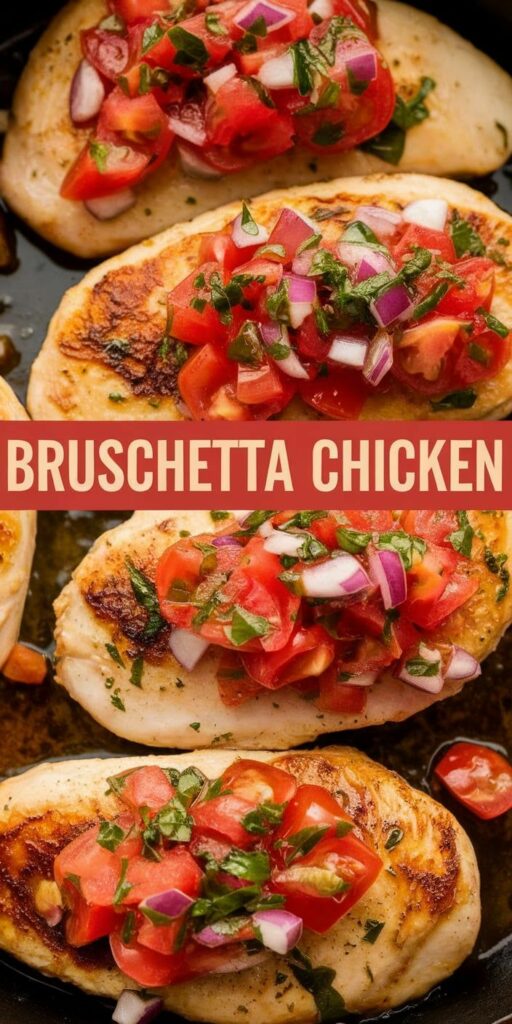I’m excited to share my favorite pav bhaji recipe, a mouthwatering Indian vegetarian dish that captures the heart of Mumbai street food. This incredible culinary creation combines spicy mashed vegetables with buttery toasted buns, creating a flavor explosion that will transport your taste buds straight to the bustling streets of India.
What makes pav bhaji so special is its incredible blend of textures and spices. The bhaji – a vibrant mix of vegetables mashed into a rich, spicy sauce – perfectly complements the soft, golden-toasted pav (bread rolls). I learned this recipe during my travels and can’t wait to help you recreate this authentic Mumbai street food experience right in your own kitchen.
In just 45 minutes, you’ll be able to prepare a restaurant-quality pav bhaji that will impress your family and friends. Whether you’re a vegetarian looking for a hearty meal or a food enthusiast wanting to explore Indian cuisine, this recipe is your perfect culinary adventure.
Get ready to dive into the world of delicious Indian street food. My step-by-step guide will walk you through creating the most incredible pav bhaji you’ve ever tasted!
What Is Pav Bhaji: Understanding This Iconic Indian Dish
Pav bhaji is more than just a meal – it’s a culinary journey through the vibrant Indian street food culture. This delectable dish originated in the bustling city of Mumbai, emerging as a quick and nutritious meal for textile mill workers during the 1850s. The ingenious recipe transformed various vegetable leftovers into a mouthwatering mashed vegetable curry served with soft buttered bread rolls.
Origins and Cultural Significance
The pav bhaji history reflects the creativity of Mumbai’s working-class population. Mill workers needed a fast, affordable, and filling meal during their short breaks. Street vendors began mixing different vegetables, mashing them together, and serving them with local bread rolls called pav. This practical solution quickly transformed into a beloved street food that transcended social boundaries.
Regional Variations Across India
Pav bhaji’s popularity sparked numerous regional interpretations across India. Different states developed unique twists to the classic recipe:
- Kolhapuri style: Extra spicy version with intense chili heat
- Punjabi style: Richer, creamier preparation with added butter
- South Indian style: Incorporates local spices and coconut elements
Why Pav Bhaji Became Popular Worldwide
The global appeal of pav bhaji stems from its versatility and vegetarian-friendly nature. Its combination of complex flavors, nutritious vegetables, and adaptable recipe has made it a favorite among food enthusiasts worldwide. The dish represents the perfect balance of taste, convenience, and cultural richness.
Essential Ingredients for Authentic Pav Bhaji Recipe
Creating the perfect pav bhaji starts with selecting the right pav bhaji ingredients. My passion for this classic Indian street food has taught me that authenticity lies in the careful selection of vegetables and spices.
The heart of any authentic pav bhaji masala depends on choosing the right Indian vegetables for pav bhaji. I recommend a vibrant mix of vegetables that create a rich, flavorful base:
- Potatoes (crucial for creamy texture)
- Cauliflower
- Green peas
- Carrots
- Bell peppers
- Tomatoes
Spices play a critical role in developing the signature taste. My tried-and-true authentic pav bhaji masala blend includes:
- Red chili powder
- Turmeric
- Garam masala
- Cumin powder
- Coriander powder
Butter is the secret weapon that elevates the entire dish. I always recommend using fresh, high-quality butter to create that rich, luxurious flavor that makes pav bhaji truly special.
For those unable to find specific ingredients, don’t worry! Most supermarkets now carry international spice sections where you can find these essential components. The key is balancing flavors and embracing the spirit of this beloved street food.
Kitchen Tools and Equipment You’ll Need
Preparing pav bhaji requires specific pav bhaji cooking tools that can transform your kitchen experience. Whether you’re a traditional cook or a modern kitchen enthusiast, having the right equipment makes all the difference in creating this delicious street food classic.
Getting started with pav bhaji means understanding the essential tools that will help you create an authentic and delicious dish. Let me walk you through the key equipment you’ll need.
Traditional Cooking Methods and Tools
Traditional pav bhaji preparation relies on specific cooking tools that have been used for generations. The traditional tava remains the cornerstone of authentic cooking, providing the perfect surface for creating that signature flavor and texture.
- Cast iron tava for authentic flavor
- Heavy-bottom pan for vegetable mashing
- Wooden masher for perfect consistency
- Sturdy cutting board
- Sharp chef’s knife
Modern Kitchen Equipment Options
Modern kitchen equipment offers convenient alternatives to traditional cooking methods. Non-stick griddles and electric cooktops provide versatile options for preparing pav bhaji with ease.
| Traditional Tool | Modern Equivalent |
|---|---|
| Cast Iron Tava | Non-stick Electric Griddle |
| Wooden Masher | Immersion Blender |
| Manual Chopping | Food Processor |
Preparing Your Workspace
Organize your kitchen workspace before starting. Gather all pav bhaji cooking tools, chop vegetables in advance, and ensure your modern kitchen equipment is clean and ready. Preparation is key to creating a smooth and enjoyable cooking experience.
- Clear your workspace
- Gather all necessary tools
- Prep ingredients beforehand
- Check equipment functionality
Step-by-Step Pav Bhaji Recipe
Making homemade pav bhaji is easier than you might think! I’ll walk you through my tried-and-true method for creating this delicious Mumbai street food classic. The key to perfect pav bhaji lies in careful preparation and understanding the cooking instructions.
Let’s break down how to make pav bhaji with these essential steps:
- Prepare the vegetables by chopping potatoes, cauliflower, carrots, and green peas into small, uniform pieces
- Boil the mixed vegetables until they’re soft and easily mashable
- Heat butter in a large pan and add finely chopped onions, cooking until golden brown
- Add ginger-garlic paste and sauté for 2-3 minutes to release the aromatics
- Mash the boiled vegetables thoroughly using a potato masher
- Incorporate tomato puree and pav bhaji masala, stirring continuously
The secret to authentic pav bhaji cooking instructions is achieving the right consistency. I recommend mashing the vegetables thoroughly and adding butter generously. The bhaji should be smooth yet have some texture, with a vibrant, slightly thick consistency that’s perfect for scooping up with toasted pav buns.
For the pav (bread), I always recommend buttering and lightly toasting the buns on a hot griddle until they’re golden and crispy. This extra step elevates the entire dish, giving you that classic street-food flavor right in your own kitchen.
- Cook on medium heat to prevent burning
- Keep stirring to maintain even consistency
- Adjust spices to your personal taste
Pro tip: Top your pav bhaji with fresh chopped onions, a squeeze of lemon, and a dollop of butter for the most authentic experience possible!
Tips for Perfect Pav Bhaji Mastery
Crafting an exceptional pav bhaji requires more than just following a recipe. My years of cooking experience have taught me several pav bhaji cooking tips that can transform your dish from good to extraordinary.
Achieving the perfect bhaji consistency is an art form that demands attention to detail. Let me share some insider secrets to elevate your pav bhaji game.
Common Mistakes to Dodge
- Avoid overcrowding the vegetables while cooking
- Never rush the mashing process
- Maintain medium heat to prevent burning
- Use fresh vegetables for optimal flavor
Mastering Texture and Consistency
The secret to perfect bhaji consistency lies in careful vegetable preparation and mashing technique. I recommend using a potato masher to create a smooth yet slightly chunky texture that captures authentic street-style pav bhaji.
| Consistency Level | Mashing Technique | Recommended Result |
|---|---|---|
| Smooth | Thorough mashing | Creamy texture |
| Chunky | Partial mashing | Rustic feel |
| Mixed | Varied mashing | Traditional style |
Seasoning Secrets Revealed
Pav bhaji seasoning techniques can make or break your dish. My go-to strategy involves layering spices and using fresh pav bhaji masala. The key is balancing heat, tanginess, and depth of flavor.
- Toast whole spices before grinding
- Use fresh pav bhaji masala
- Adjust spice levels to personal taste
- Add a pinch of sugar for balance
Remember, practice makes perfect. Each time you cook pav bhaji, you’ll develop a more intuitive understanding of these techniques.
Serving Suggestions and Accompaniments
When it comes to pav bhaji serving ideas, presentation is key to creating an authentic Indian street food experience. I always recommend serving this delicious dish hot, with a generous pat of butter melting on top of the vibrant vegetable mix. Traditional pav bhaji accompaniments like finely chopped raw onions and a wedge of fresh lemon add that perfect tangy kick that elevates the entire meal.
My favorite way to transform this street food classic into a complete meal involves pairing it with some refreshing beverages. A chilled glass of masala chai or cool buttermilk (chaas) complements the rich, spicy flavors of pav bhaji beautifully. For those hosting gatherings, consider creating a street food-style presentation with small plates and extra garnishes to let guests customize their experience.
The magic of Indian street food presentation lies in the details. I suggest serving the pav (bread) slightly toasted and buttered, alongside the bhaji in a traditional metal plate or cast-iron skillet. A small side of pickle or additional chopped herbs can add an extra layer of flavor and visual appeal that will make your pav bhaji truly memorable.
For those looking to impress, try garnishing with some fresh cilantro, a sprinkle of chaat masala, or even a dollop of cooling raita. These little touches transform a simple dish into a culinary experience that captures the heart of Indian street food culture.



